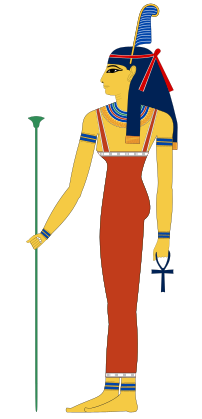
- Image via Wikipedia
Shamash is a Babylonian deity. He is a Sun god; son of Sin (Moon god) and Ningal. His consort is Aya a mother goddess.
The Babylonian Sun god rises from the mountains in the morning with rays extending from his shoulders. At the end of the day he enters the underworld by passing through a set of mountain gates guarded by scorpion-people.
Shamash is a lawful deity and is a champion of justice and truth. In one myth the serpent and eagle swore to obay Shamash’s rules. The eagle, however, broke the pact by eating the serpent’s eggs. Shamash showed the serpent how to get justice and so the eagle was lured to a pit. Despite begging for mercy the eagle had his its wings cut off and was left to die. Shamash refused to answer the eagle’s prayers but worked a deal with Etana so that the King of Kish himself went to rescue the bird and teach it to fly again.
In the epic tale of Gilgamesh bot Enkidu and Gilgamesh pray to Shamash while they travelled across the country to find and fight Humbaba.
Sin, Shamash and Ishtar are a trilogy of deities; together representing the moon, the sun and life energies of Earth. On occassion the storm deity Adad is also assoicated with the collection.
In Pure Spirit
How much of the Babylonian mythology do you know? Why does it seem that Egyptian, Roman and Greek deities are more recognised than these older ones?



